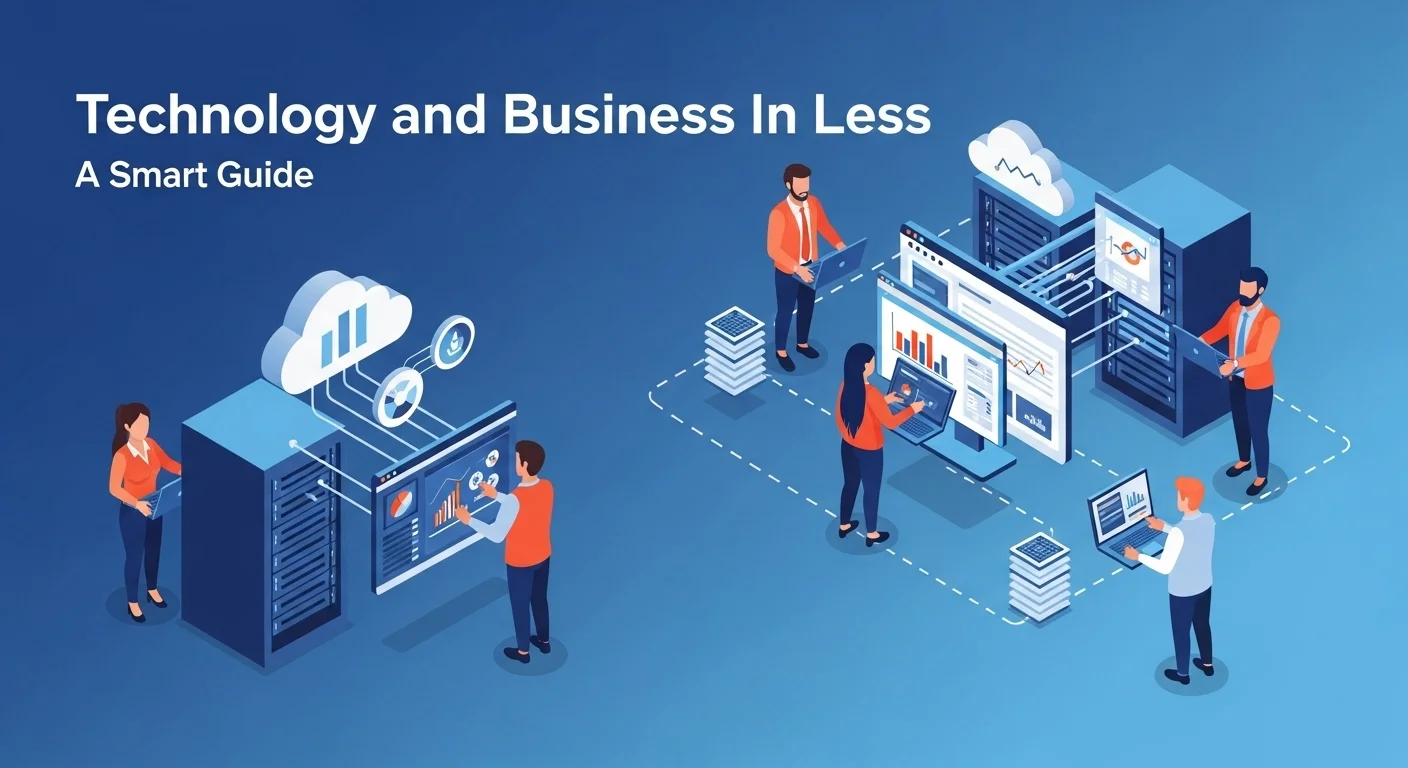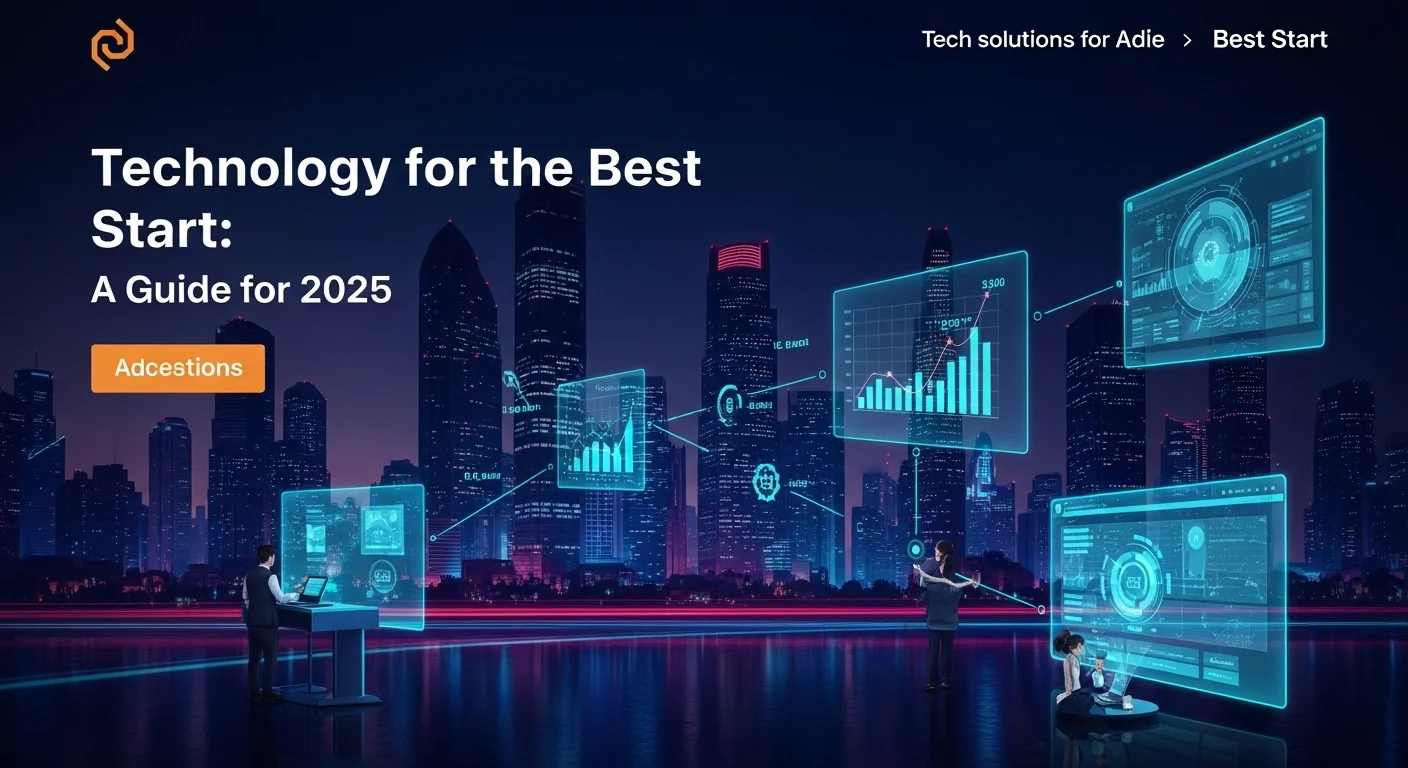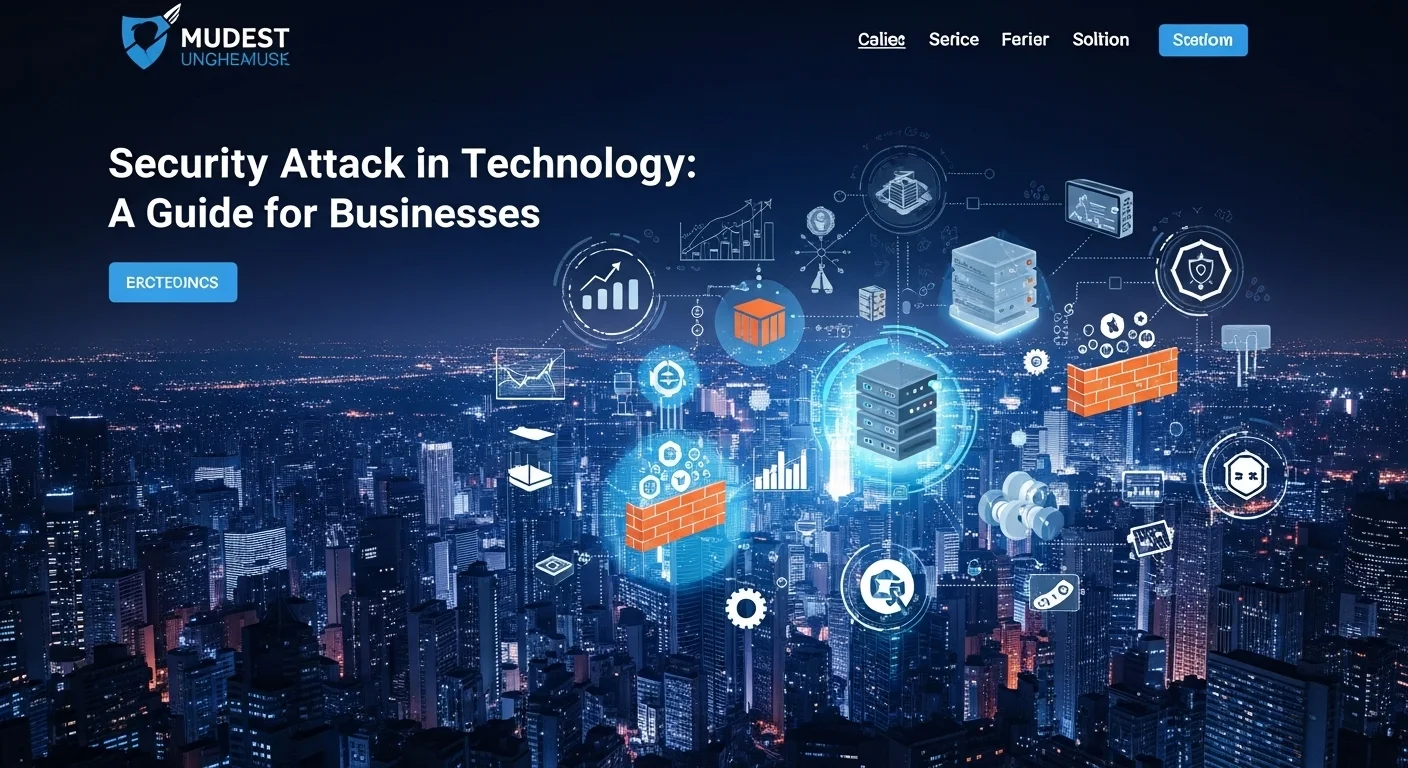Information Security Demystified: A Practical Guide for Your Business
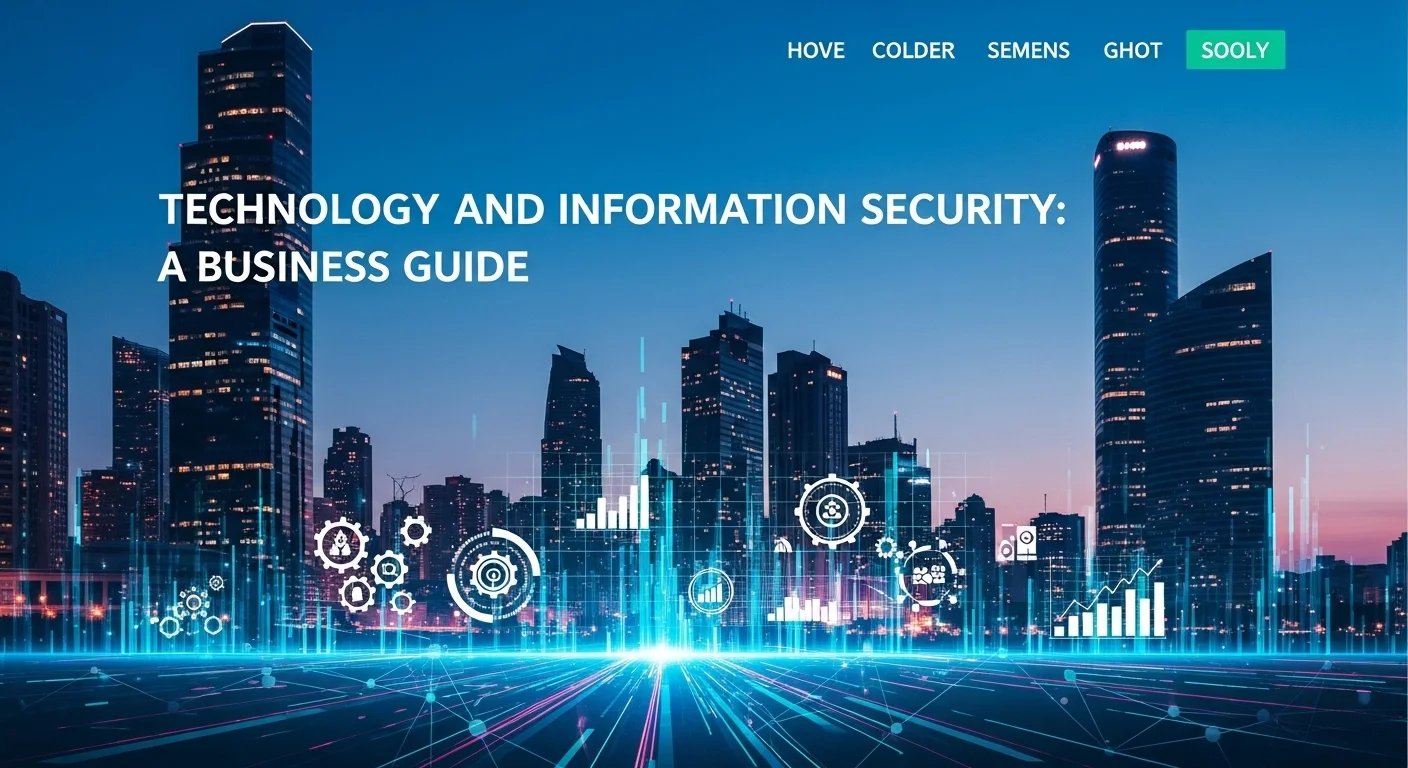
Executive Summary
In our tech-heavy world, talking about 'Information Security' can feel intimidating, like a subject reserved for specialists in windowless rooms. But I'm here to tell you it's not. As someone who has spent years navigating this landscape, I've learned that at its core, security is about building trust. This article is your guide to understanding it not as a technical problem, but as a core business advantage. We'll walk through the fundamentals—the simple ideas of keeping data private, accurate, and available. We'll demystify global standards, explore how to manage who has access to your digital 'keys,' and look at how to stay safe in the cloud with providers like AWS. My goal is to give you the confidence to protect your valuable assets, foster a culture of security, and use technology to grow your business without fear. Think of this as the friendly, straightforward conversation about security you've been looking for.
Table of Contents
Table of Contents
- What is Information Security, Really?
- The Blueprint for Security: Understanding ISO Standards
- The Digital Gatekeeper: Identity and Access Management (IAM)
- Staying Secure in the Cloud: A Look at Amazon Web Services
- Practice Makes Perfect: The Importance of Security Testing
- Thinking Bigger: Security in a Global Context
What is Information Security, Really?
In the digital age, we hear about data being the 'new oil,' but I think of it more like the lifeblood of a business. And just like you protect your health, you have to protect your data. Information Security, or 'InfoSec' as we often call it, is simply the practice of keeping that digital lifeblood safe from harm, theft, or unauthorized use. At its heart, InfoSec stands on three simple but powerful pillars, a concept we call the CIA Triad: Confidentiality, Integrity, and Availability. Getting these three right is the first, most critical step for anyone looking to build a secure digital space.
Confidentiality: Keeping Secrets Secret. Think of this as the digital equivalent of a private conversation. It ensures that sensitive information is only seen by authorized people. For a business, that could be your customers' personal details, your secret business plans, or your financial records. In my experience, the simplest tools are often the most effective here. Technologies like encryption scramble data into an unreadable code, while things like two-factor authentication (2FA) act as a second lock on the door. It’s also about giving employees access only to what they need for their job—a principle we call 'least privilege'. It's not about being mistrustful; it's about minimizing risk.
Integrity: Keeping Data True. This is all about trust. Integrity means ensuring your data is accurate and hasn't been tampered with. Imagine if a bank transaction amount could be changed randomly, or a patient's medical history was altered. The results would be disastrous. We use tools like hashing (a way to create a unique digital fingerprint for a file) and digital signatures to verify that data is authentic and unchanged. Without integrity, the information you rely on to make decisions becomes worthless, and customer trust evaporates.
Availability: Making Sure It's There When You Need It. This one's straightforward: your information and systems must be accessible to authorized users when they need them. If your e-commerce site goes down, you're not just losing sales; you're losing credibility. Attacks like Denial-of-Service (DoS), where attackers flood your systems to knock them offline, directly target availability. To combat this, businesses use strategies like redundant hardware, backup systems, and well-thought-out disaster recovery plans. It’s the seatbelt of the digital world—you hope you never need it, but you're incredibly glad it's there when you do.
The Blueprint for Security: Understanding ISO Standards
When you're building a house, you use a blueprint. In information security, one of the best blueprints is the ISO/IEC 27001 standard. Think of it as a globally recognized recipe book for creating an Information Security Management System (ISMS). An ISMS isn't a piece of software; it's a holistic approach that involves your people, processes, and technology, all working together under a risk management framework. Adopting a standard like ISO 27001 isn't about bureaucracy. I've seen firsthand how it transforms a company's approach from chaotic to structured. It helps you identify your risks, choose the right security controls, and prove to your customers and partners that you are serious about protecting their data. In today's market, especially for businesses with global ambitions, having that ISO certification can be the key that unlocks major contracts and builds lasting trust.
The Digital Gatekeeper: Identity and Access Management (IAM)
At its core, a huge part of security is managing who gets to go where and do what. This is the job of Identity and Access Management, or IAM. Think of it as the ultimate digital bouncer and concierge rolled into one. IAM is the framework of policies and tech you use to make sure the right people (and applications) have the right access to the right resources. In a modern business, 'identities' aren't just employees; they include customers, partners, apps, and smart devices. A good IAM system manages this complex web, handling everything from logging in with a single password (Single Sign-On) to requiring extra proof of identity for sensitive actions (Multi-Factor Authentication). By enforcing that 'principle of least privilege' we talked about, IAM drastically shrinks the area an attacker can target if they manage to get inside.
Staying Secure in the Cloud: A Look at Amazon Web Services
Moving to the cloud with providers like Amazon Web Services (AWS) has been a game-changer for businesses, but it introduces a new security dynamic. I often explain AWS's approach using an apartment analogy. AWS is responsible for the security 'of' the cloud—they secure the building's foundation, the walls, and the main entrance. This includes their physical data centers and the core network. However, you, the customer, are responsible for security 'in' the cloud—you have to lock your own apartment door. This means you're in charge of securing your data, configuring your applications correctly, and managing who has the keys (your IAM policies). AWS provides incredible tools to help, like GuardDuty for threat detection and AWS Shield for protection against DDoS attacks. But the responsibility is shared. Migrating to the cloud doesn't mean you can forget about security; it means you have to learn how to secure your new digital home.
Practice Makes Perfect: The Importance of Security Testing
You wouldn't build a boat and sail it across the ocean without first checking for leaks. Security testing is the same idea. It's the process of proactively looking for weaknesses in your systems before the bad guys do. It’s like a fire drill for your digital security. There are different kinds of tests. Vulnerability Scans are like an automated checklist, quickly looking for known problems. Penetration Testing, or 'pen testing,' is more like hiring a team of 'ethical hackers' to try and break in, simulating a real attack to find holes you might have missed. Other tests analyze your code before it even runs. I can't stress this enough: regular, thorough security testing is not optional. It’s a fundamental practice that provides the critical feedback you need to strengthen your defenses and stay ahead of emerging threats.
Thinking Bigger: Security in a Global Context
In our connected world, a security issue rarely stays local. A data breach can have global consequences, making a global information security mindset essential. This means navigating a complex tapestry of international laws, like the EU's GDPR, which has set a high standard for data protection worldwide. It also means being aware of geopolitical risks and the ever-growing sophistication of cybercrime rings. Businesses with a global footprint need a security strategy that is consistent yet flexible, able to comply with different regulations while defending against a wide array of threats. This is where globally recognized frameworks like the ISO standards for security become so valuable, helping you build a defensible and consistent posture no matter where you operate.
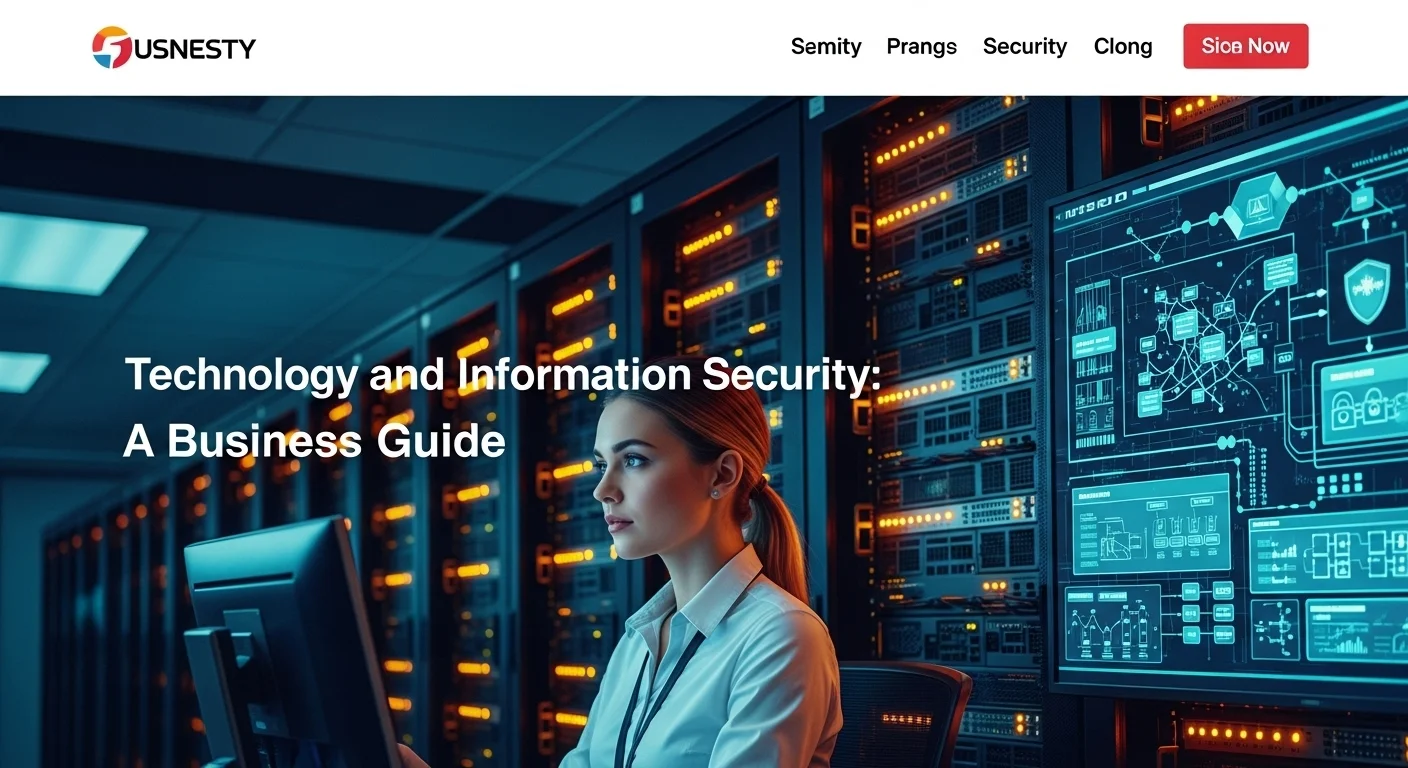
Complete Guide to Information Security: Your Digital Toolkit and Strategic Plays
To truly master information security, you need to go beyond the basics and build a defense-in-depth strategy. This means layering different technical tools and business strategies to create a resilient security posture. Think of it as fortifying a castle—you don't just rely on a strong outer wall. You have a moat, archers, and guards. This guide explores the advanced tools and strategic thinking you need to protect your business effectively.
Your Digital Toolkit: Technical Methods for a Robust Defense
These are the nuts and bolts, the technical fortifications that guard your digital assets. In my experience, mastering these tools is what separates a vulnerable business from a resilient one.
1. Advanced Encryption: The Art of Digital Secrecy. We've mentioned encryption, but let's go deeper. It's not just about locking a file. Modern encryption, using powerful standards like AES-256, protects data 'at rest' (on a hard drive) and 'in transit' (flying across the internet). Beyond that, cryptography offers tools like digital signatures, which are like a wax seal on a letter, proving who sent a message and that it hasn't been opened. For any business today, implementing end-to-end encryption for communications and encrypting sensitive databases should be standard operating procedure.
2. Network Security and Segmentation: Building Digital Walls. Your network is a primary target. A well-defended network starts with a firewall, which is the digital barrier between your trusted internal network and the wild west of the internet. But modern security goes further with network segmentation. This means dividing your network into smaller, isolated zones. I often tell clients to imagine their network as a ship with watertight compartments. If one area is breached, the flood is contained, preventing the whole ship from sinking. This is a powerful way to limit the damage from an attack.
3. Secure Software Development: Building Security In, Not Bolting It On. So many security flaws start with badly written code. A Secure Software Development Lifecycle (SSDLC) is a philosophy that integrates security into every step of creating software. We call this 'shifting left'—finding and fixing problems early in the process when it's far easier and cheaper. A huge part of this is rigorous security testing throughout development, analyzing code and testing the running application. It's the difference between building a house with fire-resistant materials versus just hanging a fire extinguisher on the wall after it's built.
4. Modern Threat Detection (MDR/XDR): Your 24/7 Watchtower. It's a hard truth in my field: you will probably be breached at some point. The goal is to detect it and shut it down instantly. That’s where Managed Detection and Response (MDR) or Extended Detection and Response (XDR) comes in. These aren't just your old antivirus programs. They are intelligent systems that watch everything—your computers, your network, your cloud accounts—and use AI to spot behavior that looks like an attack. When a threat is found, they give your security team the tools to investigate and neutralize it fast, minimizing the damage.
Strategy is Your Strongest Defense: Business Imperatives
The best technology in the world won't save you if it's not backed by a smart strategy and a strong culture. Security must be woven into the fabric of your business.
1. Governance, Risk, and Compliance (GRC): Your Strategic Roadmap. GRC is the framework that aligns your security efforts with your business goals. It's about having a clear plan. Adopting a standard like ISO 27001 provides the governance, or the 'rules of the road.' The 'risk' part is a continuous process of asking, 'What are our biggest threats, and what are we doing about them?' And 'compliance' is ensuring you're following the laws of the land, like GDPR. A solid GRC program ensures your security spending is effective and directed at the right things.
2. Mastering Identity (IAM): More Than Just Passwords. As your business grows, your IAM information security program needs to mature with it. It's about managing the entire life of a digital identity, from the moment an employee is hired to the moment they leave. Modern IAM is smart. It might ask for extra verification if someone logs in from a new country, a concept known as adaptive authentication. Especially in the cloud, a well-configured IAM system is your first and best line of defense. Properly setting up Amazon's information security for IAM is absolutely critical to keeping your cloud environment safe.
3. Creating a Security-Aware Culture: The Human Firewall. People are often called the 'weakest link,' but I believe they can be your strongest asset. A strong security culture turns every employee into a defender. This means going beyond a boring annual training. It's about creating engaging, continuous education. We run phishing simulations to teach people what to look for, and we celebrate when they report suspicious emails. When your team understands why security matters and feels empowered to act, they become a powerful human firewall.
4. Planning for a Bad Day: Incident Response & Business Continuity. Hope for the best, plan for the worst. An Incident Response (IR) plan is your step-by-step guide for what to do when a breach happens. Who do you call? How do you stop the bleeding? How do you recover? This plan needs to be practiced. Closely related is a Business Continuity Plan (BCP), which details how your business will keep running during a major crisis. Having these plans ready can be the difference between a damaging event and a business-ending catastrophe.
Resources and Choices in a Global World
Choosing the right security tools in a global market can be daunting. From cloud platforms like AWS, Azure, and Google Cloud to countless third-party vendors, the options are endless. When evaluating solutions, consider how they fit your global information security needs. Will this tool help you comply with regulations in both Europe and North America? A key decision is whether to use the native tools offered by your cloud provider or supplement them with specialized third-party products. There’s no single right answer; it depends on your team's expertise, your budget, and your specific risks. Ultimately, success lies in combining the right technology with trusted partners who understand the complex global landscape.
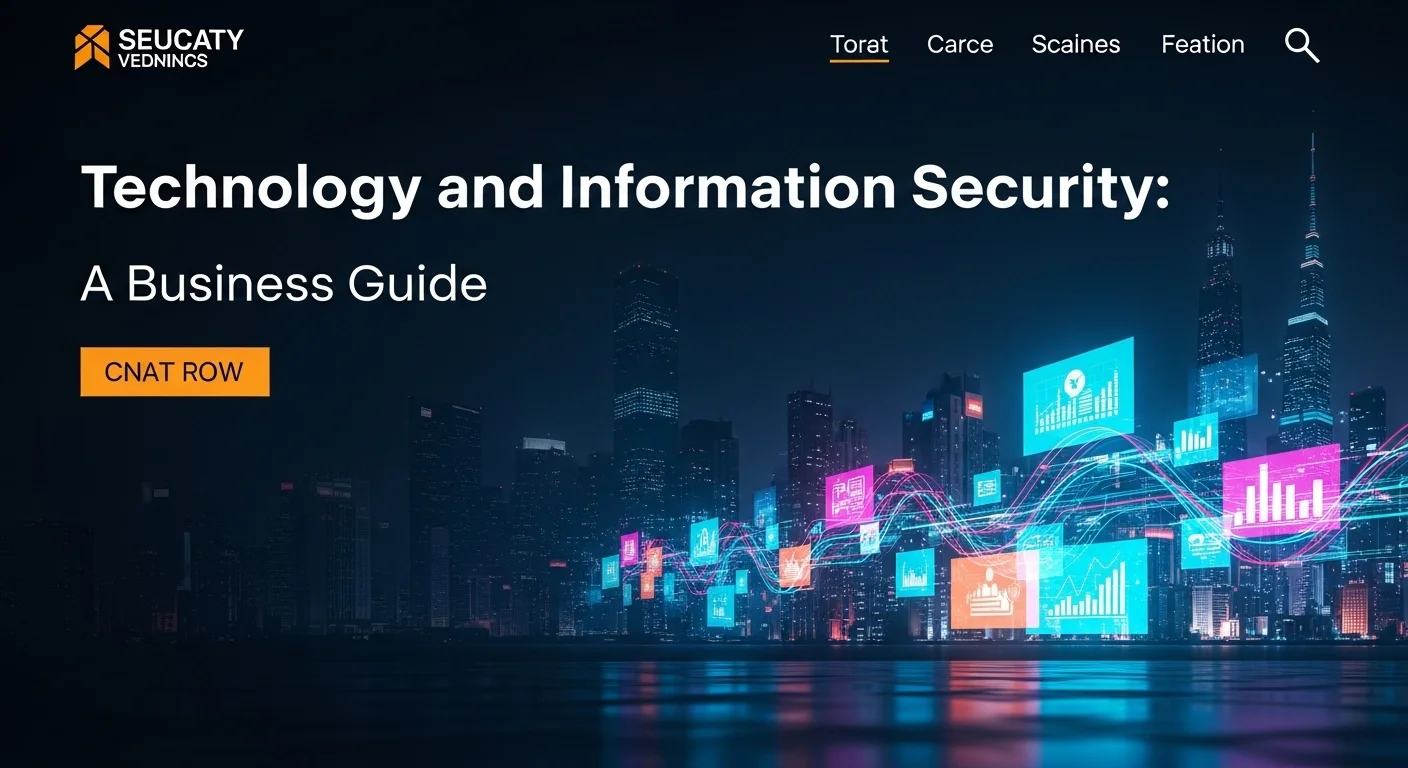
Practical Tips and Strategies to Enhance Your Technology Experience
Ultimately, information security isn't just a defensive measure; it’s about enabling you to use technology with confidence. When security is done right, it makes the entire experience better for everyone. Here are some practical tips and strategies, from simple habits to powerful business tools, that you can implement to build a more secure and resilient digital operation.
Simple Habits, Powerful Protection: Best Practices for Everyone
The strongest security programs are built on a foundation of consistent, simple habits. When everyone in an organization adopts them, you eliminate the most common attack vectors.
1. Use Strong Authentication, Always. I tell everyone this: a good password is your first line of defense, but Multi-Factor Authentication (MFA) is your game-changer. Enforce strong, unique passwords, but more importantly, turn on MFA everywhere you can. That extra code you get on your phone is what stops most account takeover attempts cold. It's the single most impactful security action you can take.
2. Keep Everything Updated. Attackers love old, unpatched software because it's full of known security holes. Create a routine for promptly applying security updates to everything—your operating systems, apps, and network gear. Automate this process whenever possible. It's a simple housekeeping task that closes the door on countless potential attacks.
3. The Principle of Least Privilege (PoLP): Give Only What's Needed. This is a core concept of IAM information security. A user or a system should only have the bare minimum permissions required to do its job. I’ve seen cases where a single compromised account with excessive permissions led to a total disaster. Regularly review who has access to what and trim away anything that's not absolutely necessary. This dramatically contains the damage if an account is ever compromised.
4. Classify and Encrypt Your Data. Not all data is created equal. Create a simple system to classify your data (e.g., Public, Internal, Confidential). Once you know what's most sensitive, you can protect it accordingly. The rule of thumb is to encrypt your most important data both when it's stored (at rest) and when it's being sent over a network (in transit). If it's stolen, it's just unreadable gibberish to the thief.
5. Back Up Your Data (and Test Your Backups!). Backups are your ultimate safety net against ransomware, hardware failure, or human error. Follow the 3-2-1 rule: three copies of your data, on two different types of media, with one copy off-site. But here's the crucial part most people forget: regularly test restoring your data from those backups. A backup you can't restore from is just a waste of space.
Leveraging Business Tools and Cloud Services
Modern technology gives us an incredible arsenal to automate and strengthen our security. Here’s how to use these tools effectively.
1. Centralize Control with Unified Endpoint Management (UEM). With people working from everywhere on all kinds of devices, a UEM solution is essential. It gives you a single dashboard to manage and secure every laptop, tablet, and phone that connects to your company data. You can enforce policies, deploy apps, and even remotely wipe a lost device. It's how you maintain control in a decentralized world.
2. Use a SIEM for Centralized Visibility. A Security Information and Event Management (SIEM) system is like the central nervous system for your security team. It collects log data from all over your IT environment and uses smart analysis to spot the signs of an attack. It's the tool that helps you connect the dots and see the bigger picture of what's happening on your network.
3. Get the Most Out of Your Cloud Provider. Cloud platforms like AWS offer fantastic security tools right out of the box. With Amazon's information security services, for example, you can use AWS Security Hub to get a single view of your security status or Amazon Inspector to automatically scan for vulnerabilities. Learning to use these native services well is one of the most efficient ways to secure your cloud environment and align with standards like ISO for information security.
4. Make Security Testing a Continuous Habit. Security isn't a project with an end date; it's an ongoing process. You have to keep testing your defenses. I advise clients to have a mix of automated vulnerability scanning running regularly and to schedule in-depth penetration tests periodically. If you develop software, building information security testing directly into your development pipeline is a must. This creates a feedback loop that makes you stronger over time.
Fostering a Culture of Global Security
The best tools and policies will fail if your people aren't on board. A successful security strategy is deeply embedded in the company culture.
1. Get Leadership on Board. A security culture has to start from the top. When leaders actively support security, provide the necessary budget, and hold people accountable, everyone else follows suit. Formalizing your approach with a framework like the ISO for information security shows that security is a core business function, not just an IT problem.
2. Make Security Training Engaging and Ongoing. Forget the once-a-year, click-through training. Education needs to be continuous and relevant. Use real-world examples, run phishing simulations that provide instant feedback, and tailor training to different roles. The goal is to make thinking about security an instinctive part of everyone's job.
3. Be Prepared for an Incident. No matter how good you are, you need a plan for when things go wrong. An Incident Response (IR) plan is a non-negotiable playbook that everyone understands. In a world of global information security, this plan must also account for different regional laws and notification deadlines. Practice it, refine it, and be ready.
By weaving these strategies into your organization's DNA, information security shifts from being a burden to a business enabler. It builds trust, sparks innovation, and creates the resilient foundation you need to thrive in the digital age.
Expert Reviews & Testimonials
Sarah Johnson, Business Owner ⭐⭐⭐⭐
As a business owner, this was a great starting point. The information is spot-on, but I'd love to see even more real-world case studies for small businesses like mine.
Mike Chen, IT Consultant ⭐⭐⭐⭐
A really solid article on InfoSec. It clarified a lot for me, especially the breakdown of the CIA triad. Some of the cloud security concepts were a bit dense, but overall very helpful.
Emma Davis, Tech Expert ⭐⭐⭐⭐⭐
Fantastic read! As a tech professional, I appreciated the comprehensive scope. It perfectly connects the technical details with the business strategy, which is something many articles miss. Highly recommended.

